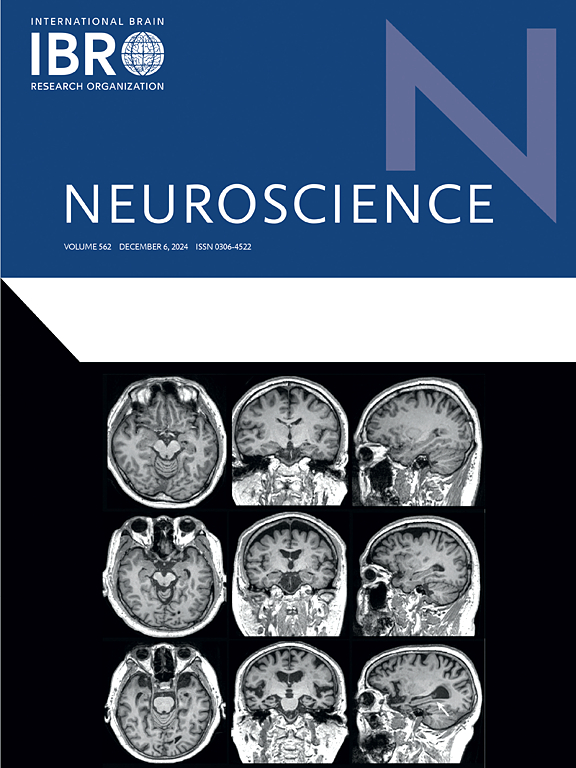基于多尺度卷积神经网络和双向门控循环单元的脑电信号去噪混合网络。
IF 2.9
3区 医学
Q2 NEUROSCIENCES
引用次数: 0
摘要
脑电图信号是包含丰富脑信息的时间序列数据。然而,脑电图经常包含各种伪影,如肌电图、眼电图和心电图。这些伪影会改变脑电图波形,影响神经科学研究的准确性和可靠性。最近的研究表明,端到端深度学习方法在去除工件方面非常有效。尽管卷积神经网络(CNN)被广泛用于这项任务,但它们无法捕获多尺度和时间相关的特征,影响了整体去噪性能。因此,我们提出了一种基于多尺度CNN和双向门控循环单元(MSCGRU)的混合网络来解决这些问题。MSCGRU是一种改进的生成式对抗网络,包括一个生成器和一个鉴别器。首先,我们设计了一个多尺度卷积模块来提取脑电信号的不同频率特征。其次,我们采用通道注意机制,选择性地强调重要通道,抑制无关通道,增强提取特征的判别能力。然后,利用BiGRU提取时间相关特征。该鉴别器采用多层卷积结构,测量生成的脑电信号与原始脑电信号的相似度,进一步提高去噪性能。我们将MSCGRU与公开可用数据集上的其他去噪模型进行了比较。对于肌电图伪影,MSCGRU的相对均方根误差为0.277±0.009,相关系数为0.943±0.004,信噪比为12.857±0.294。结果表明,MSCGRU模型优于其他模型。本文提供了一种重建干净脑电图的新方法,可进一步促进基于脑电图的诊断和治疗。本文章由计算机程序翻译,如有差异,请以英文原文为准。
A hybrid network based on multi-scale convolutional neural network and bidirectional gated recurrent unit for EEG denoising
Electroencephalogram (EEG) signals are time series data containing abundant brain information. However, EEG frequently contains various artifacts, such as electromyographic, electrooculographic, and electrocardiographic. These artifacts can change EEG waveforms and affect the accuracy and reliability of neuroscientific studies. Recent research has demonstrated that end-to-end deep learning approaches are highly effective in removing artifacts. Despite the widespread use of convolutional neural networks (CNN) for this task, their inability to capture multi-scale and time-dependent features impacts overall denoising performance. Therefore, we propose a hybrid network based on multi-scale CNN and bidirectional gated recurrent unit (MSCGRU) to address those issues. MSCGRU, an improved generative adversarial network, comprises a generator and a discriminator. Firstly, we design a multi-scale convolution module to extract different frequent features from EEG signals. Next, we employ a channel attention mechanism to selectively emphasize important channels and suppress irrelevant ones, enhancing extracted features’ discriminative capability. Then, BiGRU is utilized to extract time-dependency features. The discriminator, a multi-layer convolutional structure, measures the similarity between generated EEG and clean EEG, further improving denoising performance. We compare MSCGRU with other denoising models on publicly available datasets. For electromyographic artifacts, MSCGRU achieves a relative root mean square error of , a correlation coefficient of , and a signal-to-noise ratio of . Results demonstrate that MSCGRU outperforms other models. This paper provides a new method to reconstruct clean EEG and may further benefit the EEG-based diagnosis and treatment.
求助全文
通过发布文献求助,成功后即可免费获取论文全文。
去求助
来源期刊

Neuroscience
医学-神经科学
CiteScore
6.20
自引率
0.00%
发文量
394
审稿时长
52 days
期刊介绍:
Neuroscience publishes papers describing the results of original research on any aspect of the scientific study of the nervous system. Any paper, however short, will be considered for publication provided that it reports significant, new and carefully confirmed findings with full experimental details.
 求助内容:
求助内容: 应助结果提醒方式:
应助结果提醒方式:


